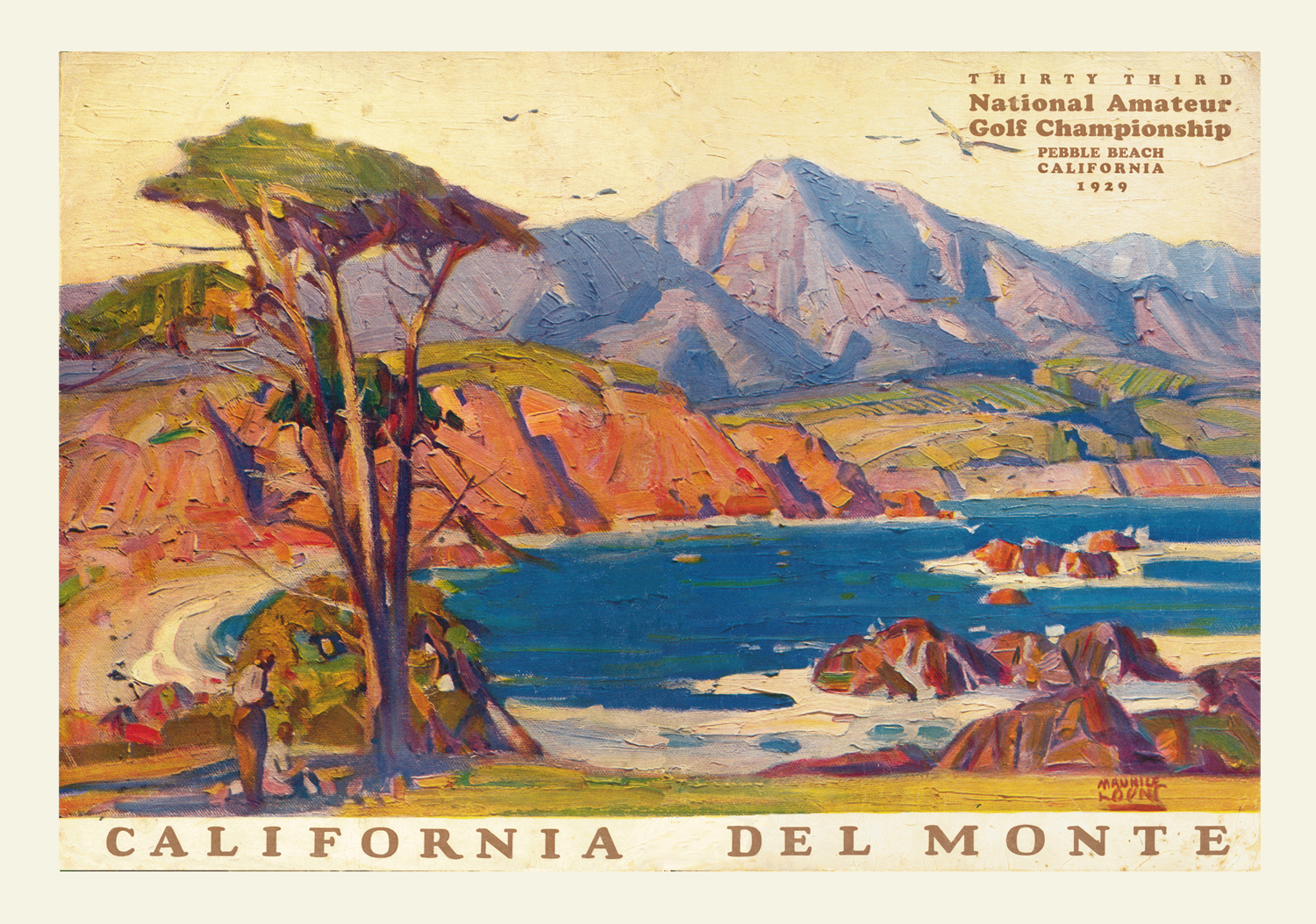The "Team" Approach Files: Greller Takes A Strange Bullet From Spieth, Rickie Explains Why "We" Are Growing A Mullet
/With so many swing coaches, physios, agents, assistant agents, dieticians, physicists, psychics, baristas, sous chefs and children’s tennis coaches hovering around players, the tendency to talk about the we approach to golf seeps into the lingo more at majors.
Take first round 66-shooter Xander Schauffele’s reference to his major preparation:
Just the mentality changes, a little more focused coming into the week, extra preparation. You just kind of dive a little bit deeper into the properties. And I feel like the team and I have done a decent job of doing that.
Then there is Rickie Fowler explaining his mullet:
We're doing it for the PGA in May. We're calling it Mullet May. And we weren't doing it to, you know, get any extra attention or anything like that. It was for fun. And obviously we're not trying to look a good with it, it's just a fun thing. And I just thought it was a good way to, when asked about it, talk about our foundations.
It was Spieth’s outburst, however, that got the most round one attention and suggests the benefits of team membership aren’t all they’re cracked up to be. Spieth, understandably fuming after his 4-iron lay-up at the 8th ran through the fairway into the water, was heard barking out, “Two perfect shots, Michael. You got me in the water on one and over the green on the other.”
Spieth explained the comments after an opening 72:
“We were talking about potentially one less [club on the third shot], and I said, ‘But isn’t it playing about 60 with a fade?’ And then he said yes,” Spieth said. “So we both agreed on that. It was clearly a 4-iron off the tee. At the same time, when you hit a couple of shots exactly where you want to, and the first one is in the water and the next one is dead over the green, I’m going to be frustrated that as a team we didn’t figure out how to make sure that didn’t happen.”
We meaning, you Michael…





















